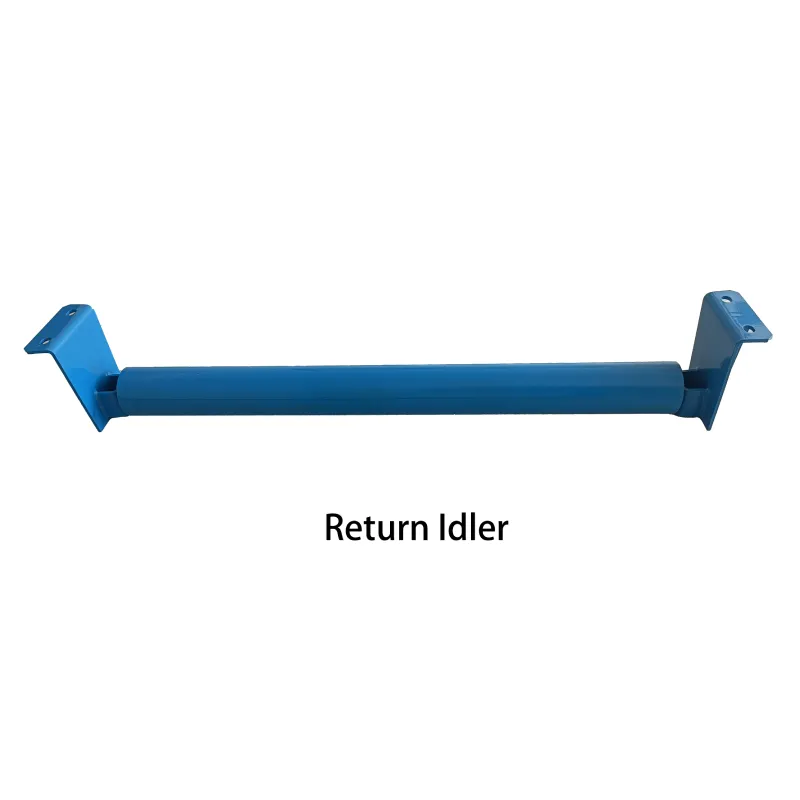 Afrikaans
Afrikaans  Albanian
Albanian  Amharic
Amharic  Arabic
Arabic  Armenian
Armenian  Azerbaijani
Azerbaijani  Basque
Basque  Belarusian
Belarusian  Bengali
Bengali  Bosnian
Bosnian  Bulgarian
Bulgarian  Catalan
Catalan  Cebuano
Cebuano  Corsican
Corsican  Croatian
Croatian  Czech
Czech  Danish
Danish  Dutch
Dutch  English
English  Esperanto
Esperanto  Estonian
Estonian  Finnish
Finnish  French
French  Frisian
Frisian  Galician
Galician  Georgian
Georgian  German
German  Greek
Greek  Gujarati
Gujarati  Haitian Creole
Haitian Creole  hausa
hausa  hawaiian
hawaiian  Hebrew
Hebrew  Hindi
Hindi  Miao
Miao  Hungarian
Hungarian  Icelandic
Icelandic  igbo
igbo  Indonesian
Indonesian  irish
irish  Italian
Italian  Japanese
Japanese  Javanese
Javanese  Kannada
Kannada  kazakh
kazakh  Khmer
Khmer  Rwandese
Rwandese  Korean
Korean  Kurdish
Kurdish  Kyrgyz
Kyrgyz  Lao
Lao  Latin
Latin  Latvian
Latvian  Lithuanian
Lithuanian  Luxembourgish
Luxembourgish  Macedonian
Macedonian  Malgashi
Malgashi  Malay
Malay  Malayalam
Malayalam  Maltese
Maltese  Maori
Maori  Marathi
Marathi  Mongolian
Mongolian  Myanmar
Myanmar  Nepali
Nepali  Norwegian
Norwegian  Norwegian
Norwegian  Occitan
Occitan  Pashto
Pashto  Persian
Persian  Polish
Polish  Portuguese
Portuguese  Punjabi
Punjabi  Romanian
Romanian  Russian
Russian  Samoan
Samoan  Scottish Gaelic
Scottish Gaelic  Serbian
Serbian  Sesotho
Sesotho  Shona
Shona  Sindhi
Sindhi  Sinhala
Sinhala  Slovak
Slovak  Slovenian
Slovenian  Somali
Somali  Spanish
Spanish  Sundanese
Sundanese  Swahili
Swahili  Swedish
Swedish  Tagalog
Tagalog  Tajik
Tajik  Tamil
Tamil  Tatar
Tatar  Telugu
Telugu  Thai
Thai  Turkish
Turkish  Turkmen
Turkmen  Ukrainian
Ukrainian  Urdu
Urdu  Uighur
Uighur  Uzbek
Uzbek  Vietnamese
Vietnamese  Welsh
Welsh  Bantu
Bantu  Yiddish
Yiddish  Yoruba
Yoruba  Zulu
Zulu Return Rollers for Conveyor Belts Enhancing Performance and Efficiency
Understanding Return Rollers for Conveyor Belts
Conveyor systems play a vital role in various industries by facilitating the movement of materials and goods from one location to another. One integral component of these conveyor systems is the return roller, which significantly contributes to the overall efficiency and effectiveness of the conveyor belt. In this article, we will explore the function, importance, and types of return rollers, alongside best practices for their maintenance and troubleshooting.
What Are Return Rollers?
Return rollers are the components located on the underside of the conveyor belt. They support the return section of the conveyor, allowing the belt to move smoothly back to the loading point after delivering its cargo. These rollers help maintain belt tension, reduce friction, and align the belt as it returns to its starting position. Although they are often overlooked, return rollers are crucial for the longevity and reliability of the entire conveyor system.
The Importance of Return Rollers
1. Supporting Belt Alignment Return rollers are essential for keeping the conveyor belt aligned during its operation. Misalignment can lead to uneven wear and increased maintenance costs. Properly functioning return rollers help ensure the belt tracks correctly, minimizing disruptions in the material handling process.
2. Reducing Belt Wear A significant advantage of using return rollers is their ability to reduce friction between the belt and the conveyor structure. By providing a smooth surface for the belt to glide over, return rollers help minimize wear and tear on the belt. This not only extends the life of the conveyor belt but also improves the overall efficiency of the system.
3. Facilitating Material Handling Return rollers ensure that the belt smoothly navigates its return path. This seamless transition is essential for maintaining the flow of materials, especially in high-speed operations where interruptions can result in costly downtimes.
4. Enhancing Safety Properly functioning return rollers contribute to the safety of the conveyor system. Misaligned or ineffective rollers can pose risks to operators and maintenance personnel, leading to accidents or injuries. Regular maintenance of return rollers helps keep the system safe for everyone involved.
Types of Return Rollers
Return rollers come in various designs and configurations, each tailored for specific applications. Some common types include
1. Crowned Return Rollers With a slight crown or bulge in the center, crowned return rollers help keep the belt centered by guiding it towards the middle as it travels. This design is particularly effective in managing misalignment issues.
return roller for conveyor belt

2. Flat Return Rollers These are the most basic type, featuring a flat surface. While they provide fundamental support, they may require additional alignment mechanisms to ensure effective tracking.
3. Rubber-Coated Rollers Designed to reduce friction and noise, rubber-coated return rollers are ideal for applications where material damage or environmental factors—like dust and debris—can be problematic.
4. Heavy-Duty Return Rollers Used in industrial settings with heavy loads, these robust options are designed to withstand significant stress and maintain their functionality even in challenging conditions.
Maintenance Best Practices
To ensure optimal performance, regular maintenance of return rollers is crucial. Here are some best practices to follow
1. Routine Inspections Regularly inspect return rollers for signs of wear, damage, or misalignment. Early detection can prevent more significant issues down the line.
2. Lubrication Properly lubricate bearings and moving parts to reduce friction and wear. This practice enhances the lifespan of the rollers and improves operational efficiency.
3. Alignment Checks Conduct periodic alignment checks to ensure that all rollers are positioned correctly. Misalignment can lead to excessive wear on both the roller and the conveyor belt.
4. Replace Worn Rollers Timely replacement of worn or damaged return rollers is critical. Delaying this can result in reduced performance, increased maintenance costs, and potential safety hazards.
Conclusion
In conclusion, return rollers play a pivotal role in the functionality and efficiency of conveyor belt systems. By ensuring proper alignment, reducing friction, and enhancing safety, they contribute significantly to the overall performance of material handling operations. Regular maintenance and timely replacement of these components can ensure that conveyor systems operate smoothly and efficiently, thereby supporting the productivity of various industries. By investing in the quality and upkeep of return rollers, businesses can enhance their operational capabilities and ensure long-term success.
-
Revolutionizing Conveyor Reliability with Advanced Rubber Lagging PulleysNewsJul.22,2025
-
Powering Precision and Durability with Expert Manufacturers of Conveyor ComponentsNewsJul.22,2025
-
Optimizing Conveyor Systems with Advanced Conveyor AccessoriesNewsJul.22,2025
-
Maximize Conveyor Efficiency with Quality Conveyor Idler PulleysNewsJul.22,2025
-
Future-Proof Your Conveyor System with High-Performance Polyurethane RollerNewsJul.22,2025
-
Driving Efficiency Forward with Quality Idlers and RollersNewsJul.22,2025





























